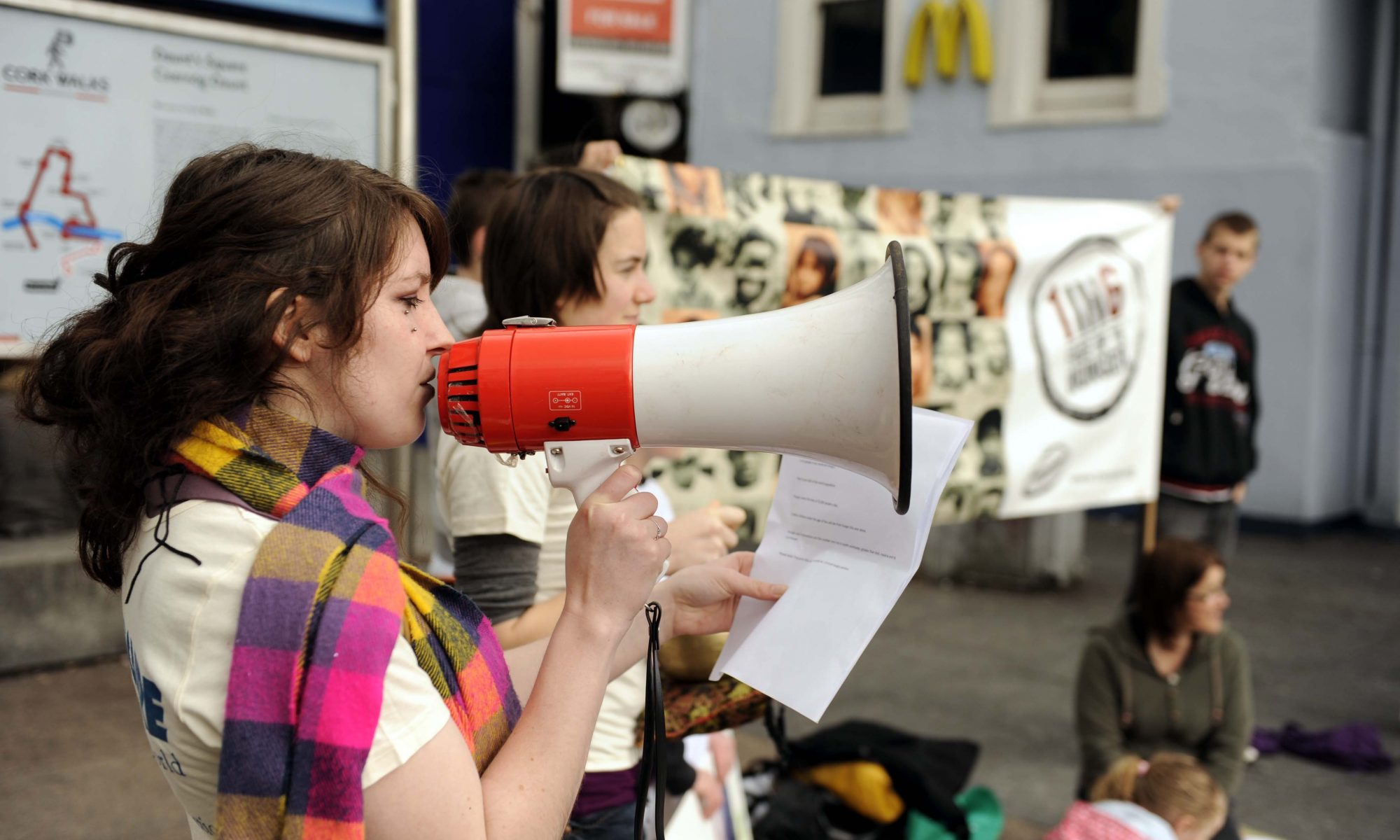Communication can solve a world of problems. When working in a charity shop, the best tool our engineers have at their command is being able to explain what they are doing, why, and how it will benefit the people working in the shop. Making people feel at ease and in the know ensures our work goes ahead with everyone feeling comfortable and happy with what is going on around them. Engagement relies upon communication in order to be effective.
Communicating with your volunteers on a regular basis and through a variety of mediums can help keep them engaged and motivated to work for your charity. There are many reasons why communication beyond the generic email can keep your volunteers motivated. Here are a just a few:
It makes them feel listened to, trusted and valued
Creating a two-way flow of conversation assures the volunteer that someone is always available should they have any problems. It also means they can voice ideas, opinions and suggestions that aren’t just lost in an email thread. Relaying important information to them regularly instils confidence and gives them responsibility so that they know that they’re an important member of the team. Valuing them in this way means they know they are making a real difference and the work they are doing is worthwhile.
It results in a more efficient working environment
How often do we get to work and forget what we did yesterday? Let alone what we did last week? Updating volunteers on tasks that have been completed, tasks that need doing next and what needs doing right now means that everyone is in the know. Making sure volunteers know what is ahead of them makes them feel more confident and comfortable in the work that they are doing while also ensuring all tasks get done, are not repeated and the working day is more efficient.
You can remind them of new initiatives
Having a space for regular news updates would be beneficial to keep the latest events in the forefront of volunteers’ mind. Reminding them of your latest marketing initiatives or encouraging them to ask customers specific questions when they make a sale could seriously boost results. A prompt on your EPOS system that gives volunteers a gentle nudge to ask customers to sign up for Gift Aid or a loyalty card will likely see an increase in both of these, as well as encourage your volunteers to engage with customers.
While increasing engagement has huge benefits, there are also other positives that emerge from enhanced communication. Allowing Head Office and regional managers to have a full view of what messages stores are receiving ensures complete visibility across the organisation. In addition, happy and valued volunteers are more likely to remain with your charity and promote the organisation by word of mouth and their own use of social media. Investing some time in creating innovative ways to improve communication could well be worth your time.





